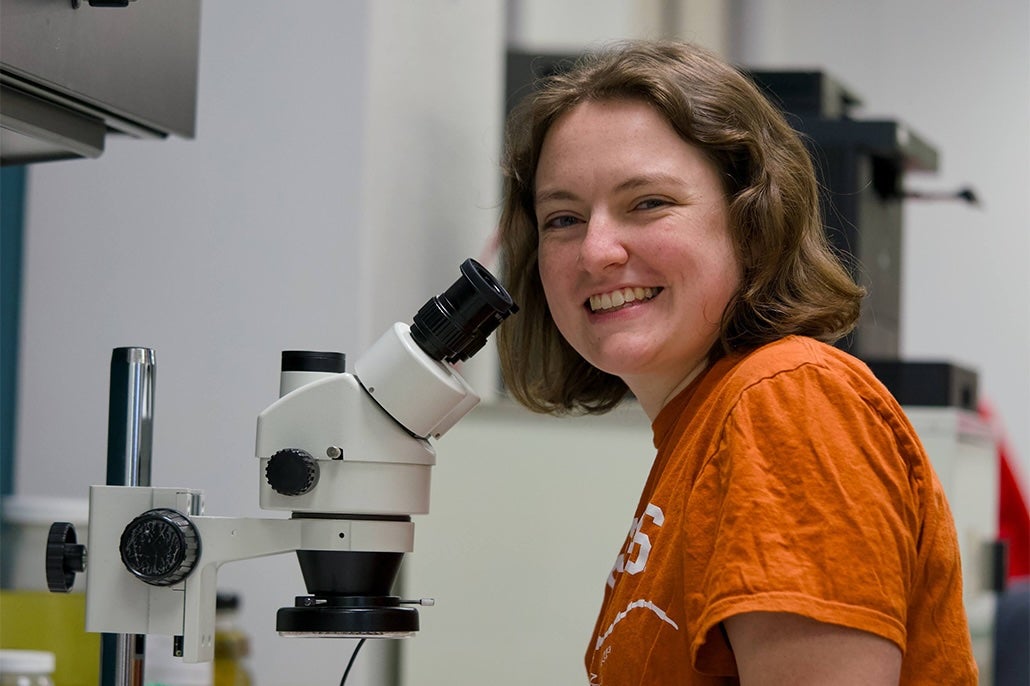Alma Solis’s Research Helps Protect Farms from Pests and Control Invasive Plants
Field trips to a biological station in a cloud forest in northeastern Mexico sparked her interest in biology

Alma Solis (B.S. '78, M.S. Biology, '82) is a research entomologist for the U.S. Department of Agriculture's Agricultural Research Service and curator for the Smithsonian Institution.
You started out in college as an English major. What made you switch to biology?
My freshman biology professor would take us on field trips to a biological station in northeastern Mexico that was a cloud forest. I thought it was the most amazing place I'd ever seen, and I started to get curious about the plants. I was just so astounded with the diversity of the plants. That's what led me down the path of science.
What piqued your interest in insects?
Many insects eat plants – some are predators or parasites – and when I was looking for a project, my major professor at UT Austin suggested leaf mining caterpillars. As I've gone along in my career, I've realized that there are new species to discover everywhere, and that's part of what keeps me very excited about my work with insects.
You curate one of the world's largest pyraloidea (moth) collections, based at the Smithsonian Institution. Why identify and classify insects?
I am in charge of several collections. The pyraloid moth collection alone has about 350,000 specimens of a group with over 16,000 species worldwide. Classification is important because to know and communicate about the fauna, the insect must have a scientific name to be able to connect the name to what it looks like and what it is related to. This is especially important for economically important species, either as pests or biological control agents. I also identify caterpillars intercepted at U.S. ports and provide tools for the Animal and Plant Health Inspection Service.
Another part of my work is with biological control scientists who work to control noxious weeds. Often the reason these weeds become pests is because they are introduced into the U.S. and don't come with their herbivores. Scientists go to other parts of the world to find a caterpillar or insect that only feeds on these plants to see if they can be introduced to the U.S. to control the specific weed. Inevitably, many of the species are new to science. A successful project I worked on was a pyraloid moth to control the Old World Climbing Fern in the Everglades. For me, it's all about research for service.
What did you learn here at UT that has helped you in your career?
The value of communication. I took an upper-division botany course with a professor who always said, "If you can't express the answer in a clear, concise sentence, the answer is not going to be correct." He demanded high levels of science and knowledge, but most importantly, being able to express yourself with clarity.



